Introduction to enzyme treatment of coffee beans-characteristics of flavor and taste of coffee beans washed with double anaerobic enzymes
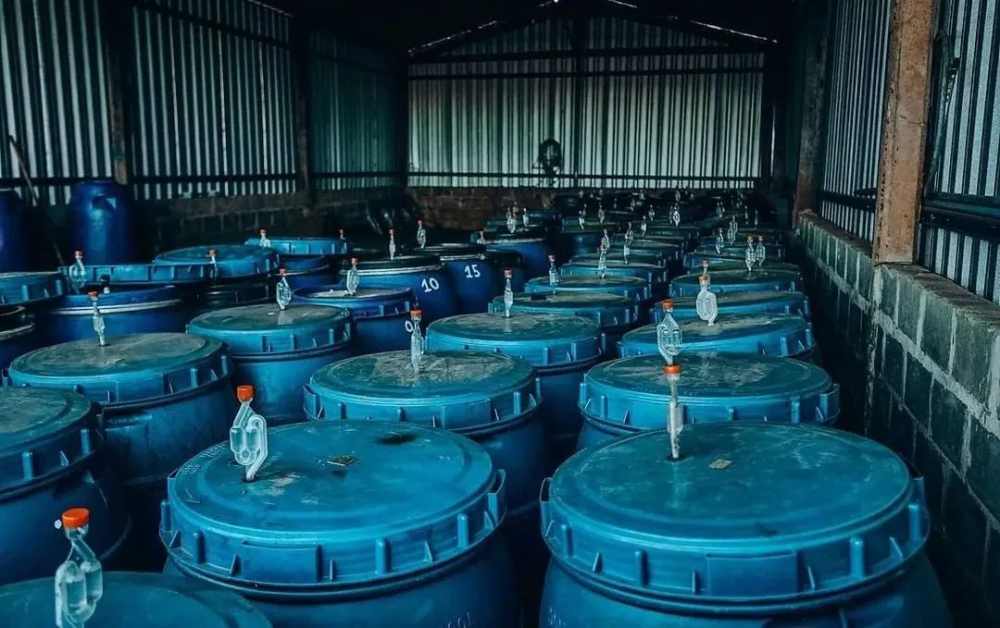
In recent years, the word "special treatment" appears very frequently. The coffee beans treated by "special treatment" will have a very recognizable flavor and very strong aroma, which is very different from the coffee beans made by traditional treatment. today, Qianjie takes the Colombian Rose Valley coffee beans roasted at home as an example to introduce the characteristics of coffee washed with double anaerobic enzymes.
Anaerobic fermentation is one of the most widely used treatment methods in recent years. It is modelled on the treatment of red wine by injecting carbon dioxide into an airtight container to squeeze out the oxygen, slowing down the decomposition of sugar in coffee pectin in an oxygen-free environment, and the PH value decreases more slowly. prolong the fermentation time to develop a better sweetness and a more balanced flavor.
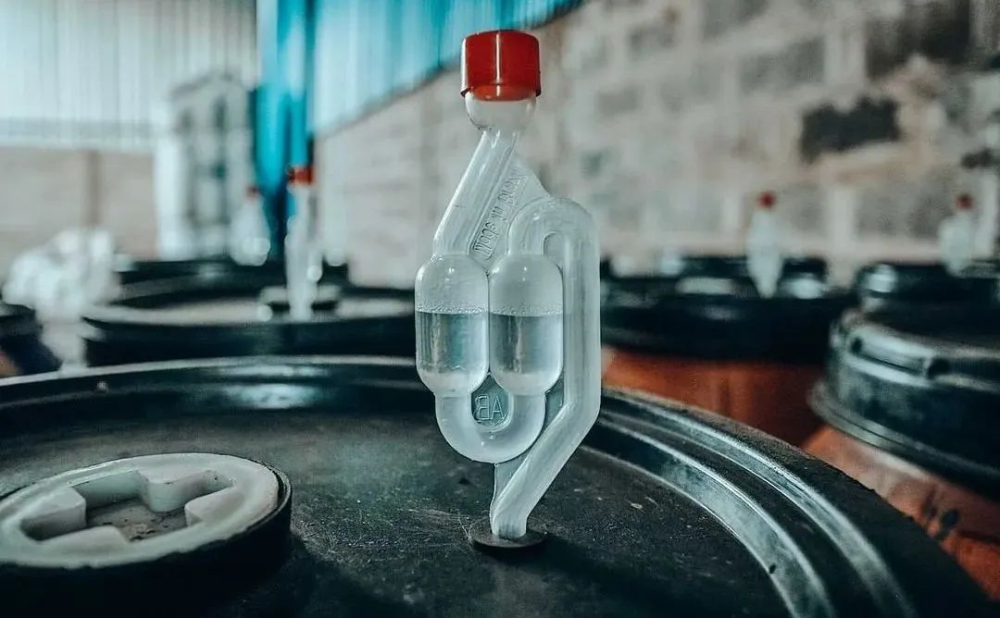
Double anaerobic enzyme washing
This is a treatment method of secondary anaerobic fermentation on the basis of anaerobic washing and special enzymes. After the coffee fruit is removed from the anaerobic environment, the peel and pulp of the coffee fruit is removed by the machine, and the coffee beans with pectin are put into an anaerobic environment in a plastic bag or other sealed container for another anaerobic fermentation. The treatment method which has experienced the above two anaerobic fermentation is called double anaerobic fermentation. After fermentation, the coffee beans in the bucket are dried, so that the coffee beans show a very rich fruit sweet taste.
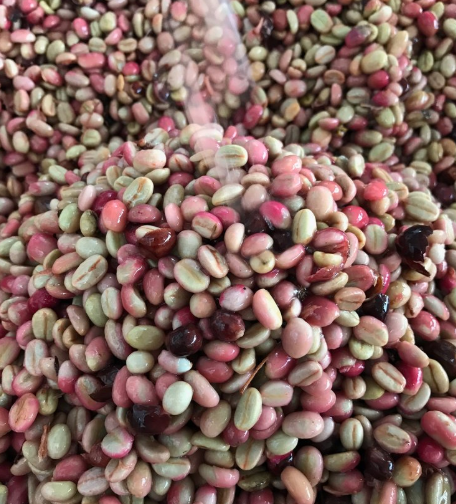
Colombian Rose Valley Coffee is treated in this way, with double enzyme washing Rose Valley. This bean has amazing peach characteristics, accompanied by cranberries, wine chocolates and roses.
Rose Valley comes from the Big Tree Manor in Santander, Colombia.
Vargas, the farmer of Dashu Manor, has been growing coffee on Dashu Farm for 20 years. In Dashu Farm, only the mature coffee fruits with bright red appearance were selected for picking, and the defective floating beans were removed by washing, and the defective floating beans were fermented twice and put into special enzyme groups. at the same time, we also pay great attention to the drying process of coffee beans, avoid excessive temperature during drying, and adopt a slow drying method.
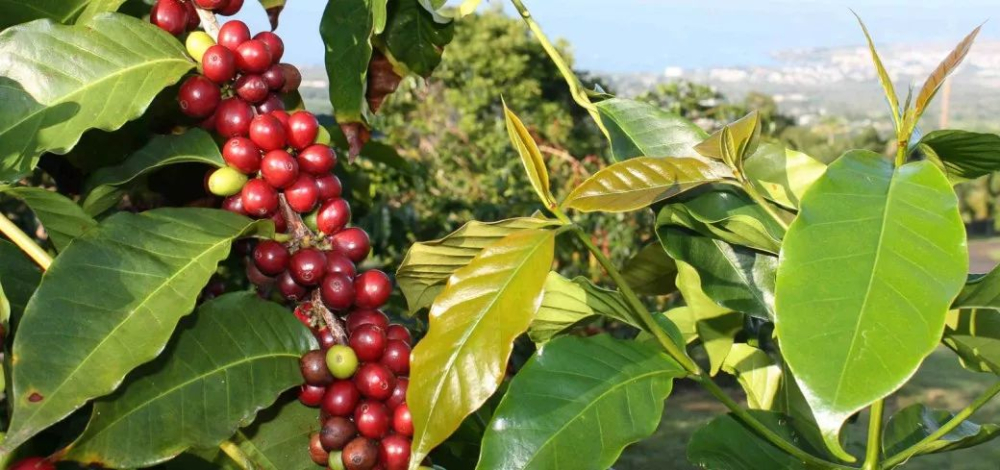
The bean species of this coffee bean is Kaddura, a natural variety of bourbon. It was found in Brazil in 1937. Its tree is not as tall as bourbon and is smaller. Kaddura, which was introduced from Brazil in 1960, now accounts for 45% of Colombia's Mur50%, replacing the earliest Tibica. Kaddura is suitable for planting in the altitude area of 700-1750 meters, the higher the altitude, the better the flavor, which often has refreshing fruit sour taste and light sweet taste.
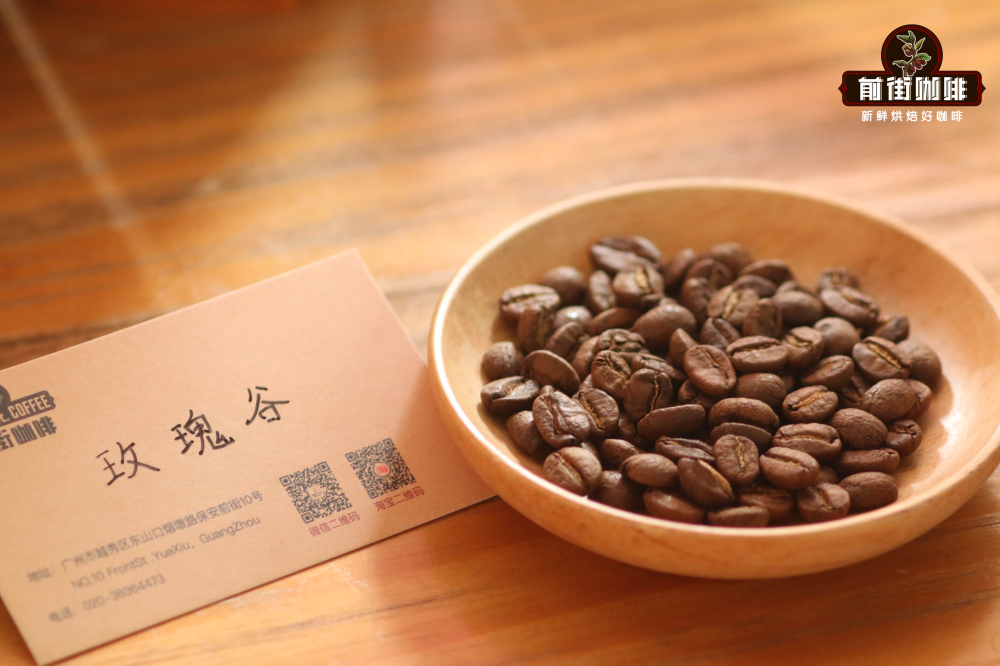
The suggestion of cooking in Qianjie
Filter cup: V60
Water temperature: 90-91 degrees Celsius
Grinding degree: the screening rate of No. 20 standard sieve is 80% (the scale of EK-43s bean mill is 9.5)
Ratio of powder to water: 1:15
Amount of powder: 15g
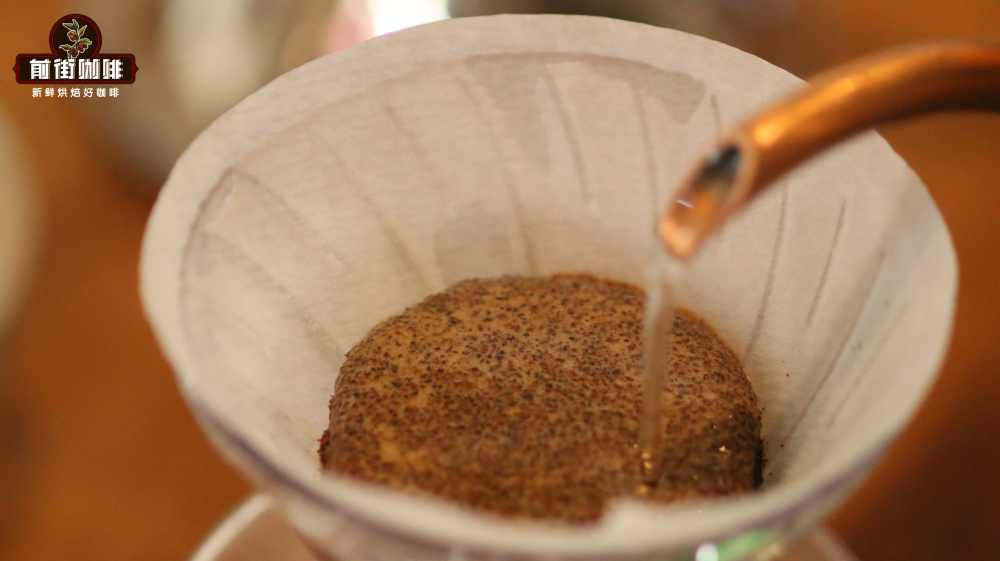
Pour the coffee powder into the V60 filter cup, wet the powder bed with twice as much water as the coffee powder, form a drum and steam for 30s, then fill the small water from the inside to the outside to 125g, wait for the powder bed to drop to half of the filter cup, and continue to pour the same fine water into the third section to 225g, until all the coffee liquid has been filtered and remove the filter cup for about 2 minutes.
The rose valley treated with anaerobic enzyme is sweet and greasy roses, and then the entrance is wine chocolate, which can drink to the sweet and sour of dried cranberries when the temperature drops.
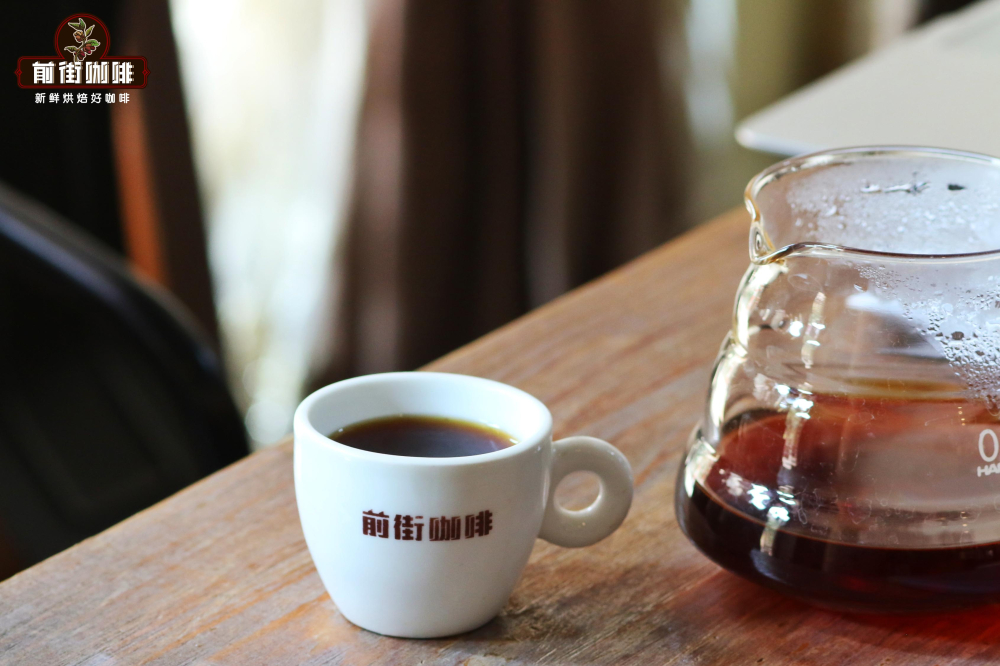
Professional coffee knowledge exchange more coffee bean information please follow the coffee workshop (Wechat official account cafe_style)
For more boutique coffee beans, please add private Qianjie coffee on Wechat. WeChat account: qjcoffeex
Important Notice :
前街咖啡 FrontStreet Coffee has moved to new addredd:
FrontStreet Coffee Address: 315,Donghua East Road,GuangZhou
Tel:020 38364473
- Prev
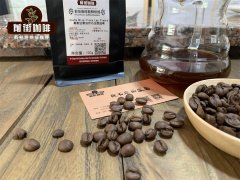
The advantages of Costa Rica in developing coffee what are the well-known coffee producing areas of Costa Rica?
Costa Rica, located in Central America, is bordered by Nicaragua to the north, Panama to the south, the North Pacific Ocean to the west and the Caribbean Sea to the east. It is the most advanced and economically developed country in Central America, and is the first Central American country to introduce coffee in historical records. Costa Rica, located in the Central American Gorge, has a number of high-altitude
- Next
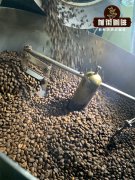
What kind of roasted coffee is not sour coffee beans what are the recommendations
The roasting process breaks down the acid in the coffee and releases more oil, resulting in a bitter taste. The longer the beans are baked or the higher the temperature is, the deeper the baking is, the more bitter the taste is. The beans produced by the darker coffee roasted are dark brown to black and look more greasy. Medium and deep baking is sometimes called Vienna or Full City, and in the dark range we have Italian baking (dark
Related
- Beginners will see the "Coffee pull flower" guide!
- What is the difference between ice blog purified milk and ordinary milk coffee?
- Why is the Philippines the largest producer of crops in Liberia?
- For coffee extraction, should the fine powder be retained?
- How does extracted espresso fill pressed powder? How much strength does it take to press the powder?
- How to make jasmine cold extract coffee? Is the jasmine + latte good?
- Will this little toy really make the coffee taste better? How does Lily Drip affect coffee extraction?
- Will the action of slapping the filter cup also affect coffee extraction?
- What's the difference between powder-to-water ratio and powder-to-liquid ratio?
- What is the Ethiopian local species? What does it have to do with Heirloom native species?

